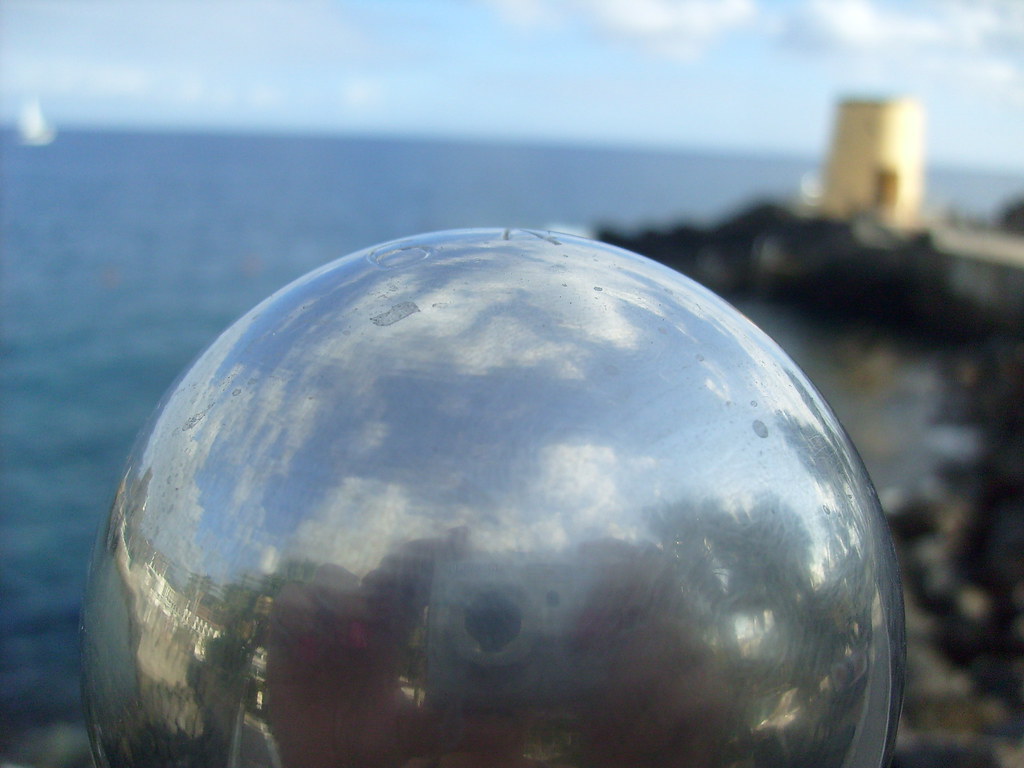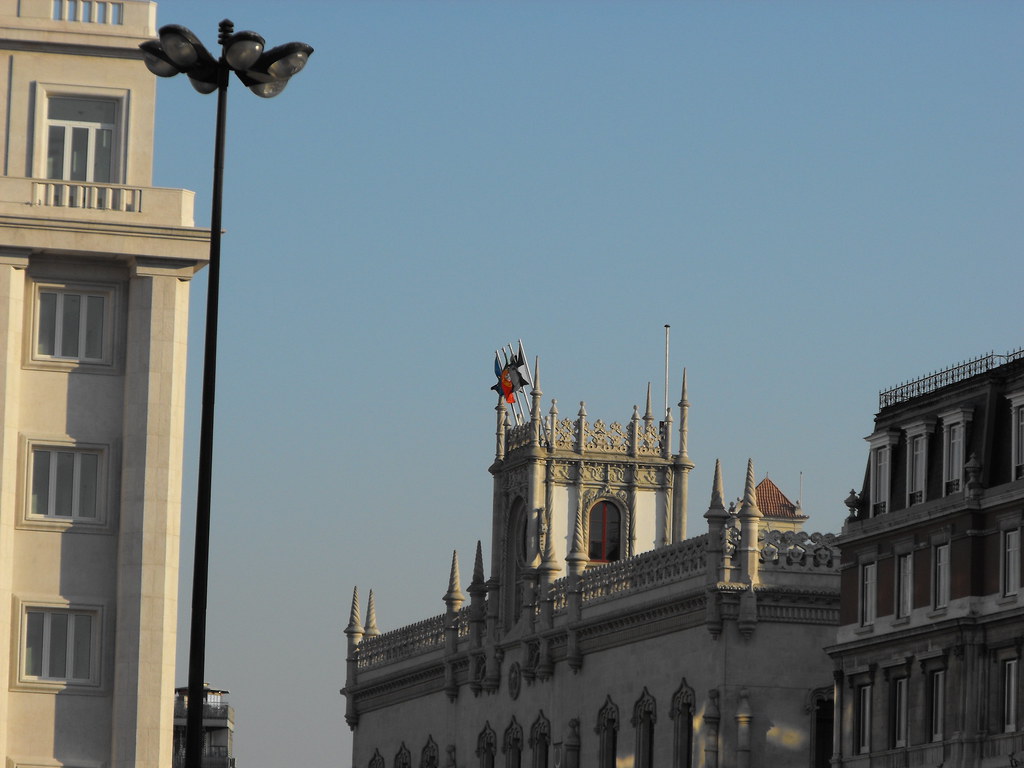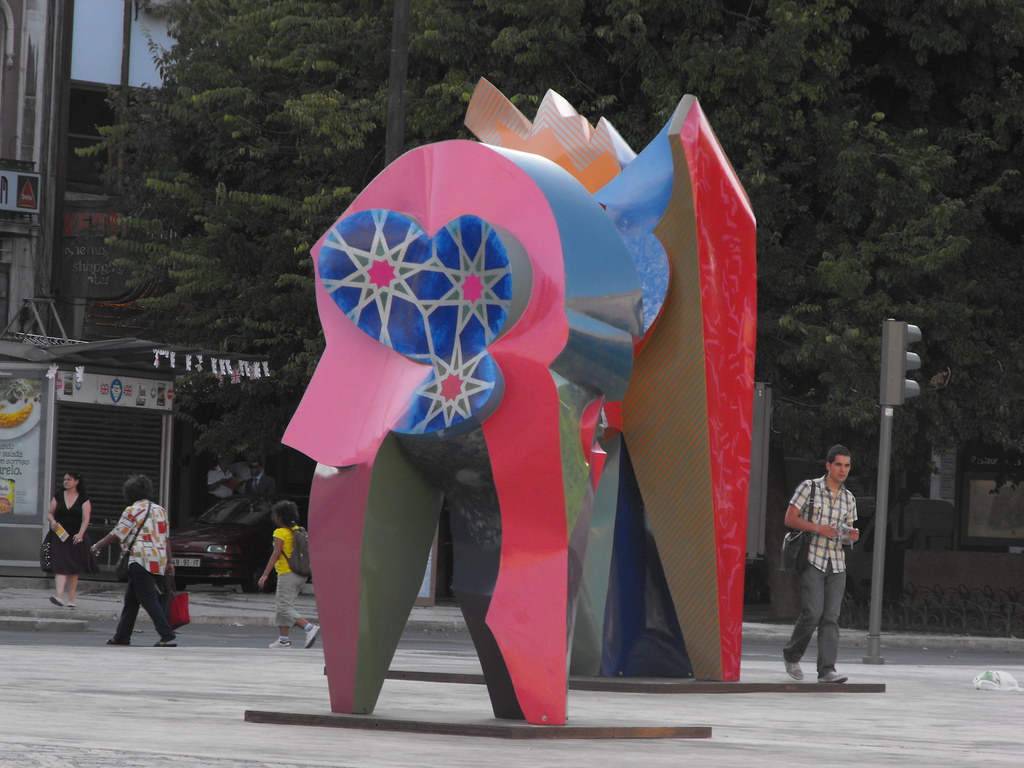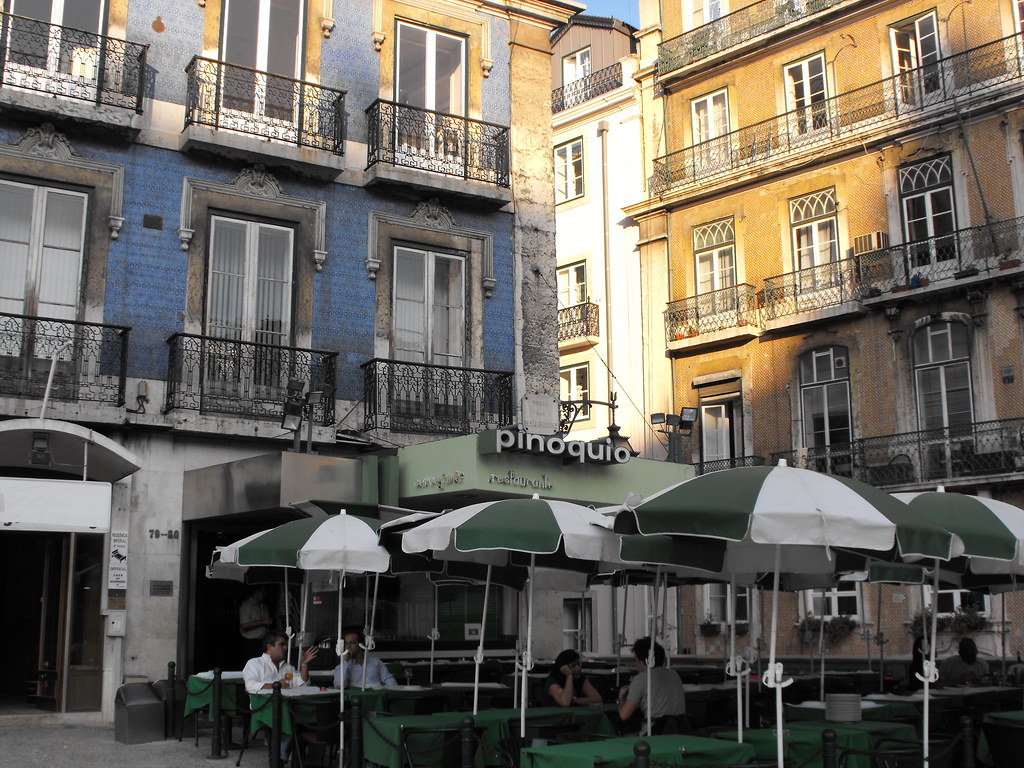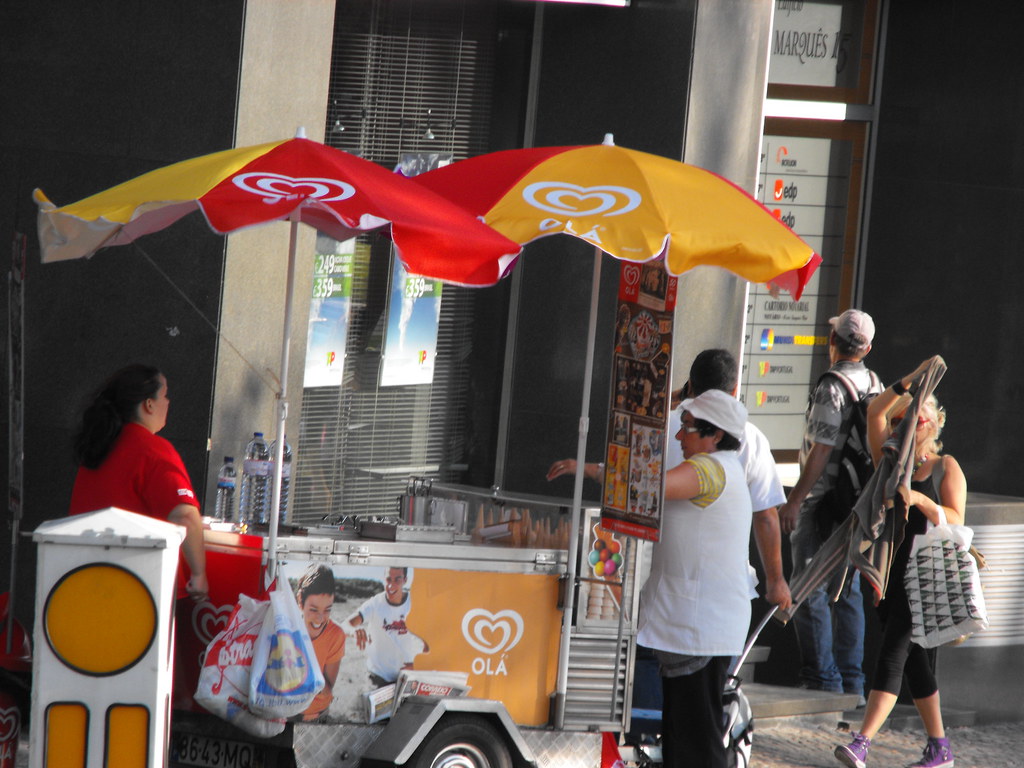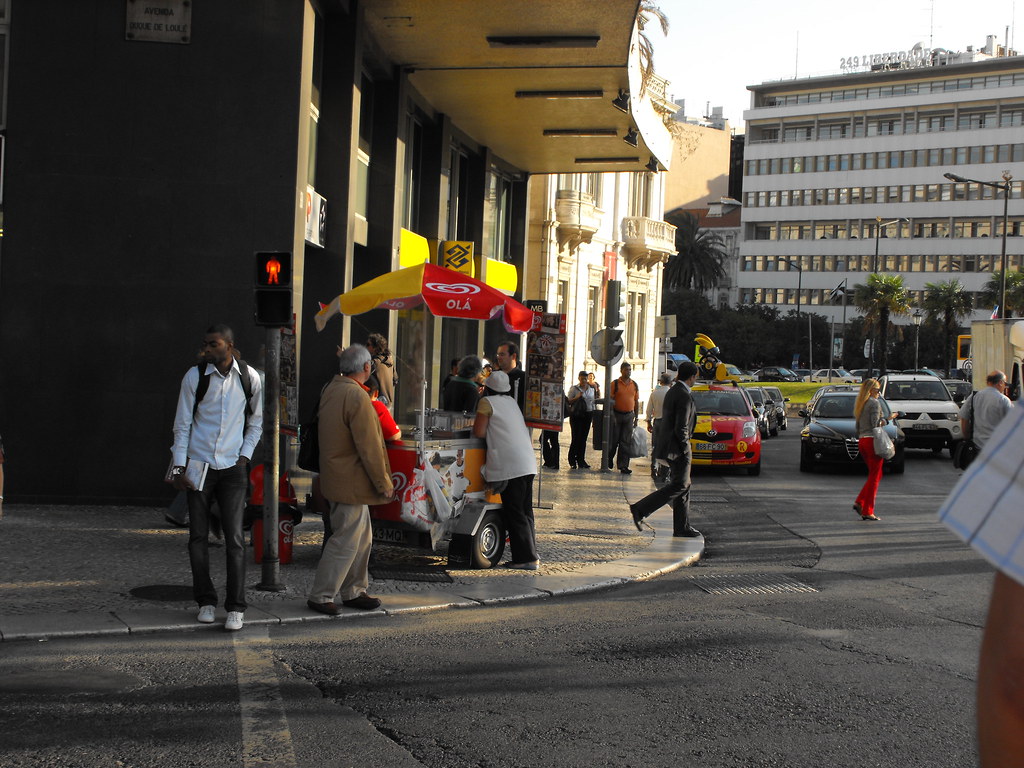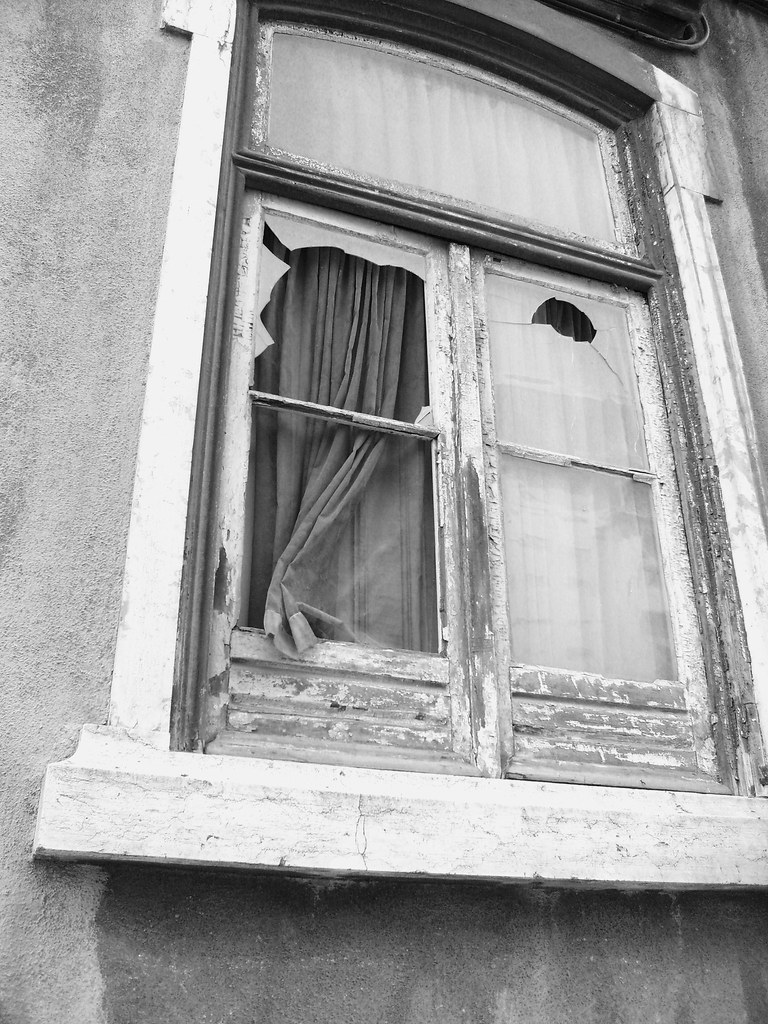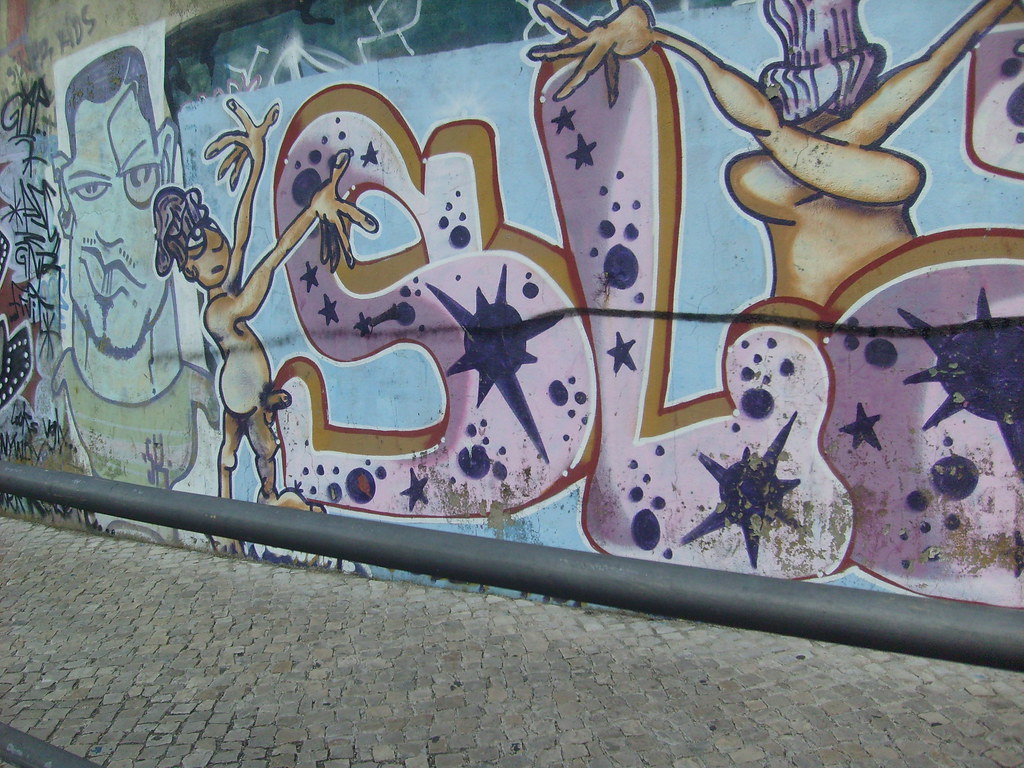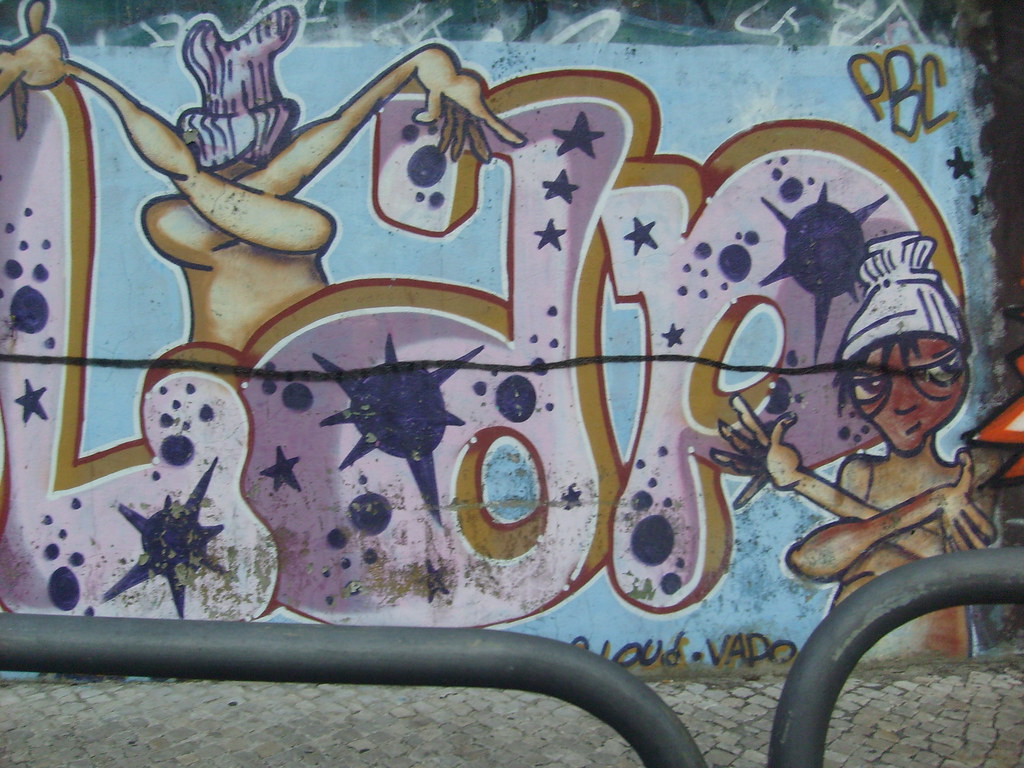26/09/2009
20/09/2009
Random Restauradores I
Restauradores Square
A large busy central square
A large busy central square
This large square commemorates the country's liberation from 60 years of Spanish rule in 1640.
In the center is a patterned pavement surrounding a 30-meter high obelisk with two bronze figures on the pedestal depicting Victory and Freedom.
On the west side is Foz Palace, the former residence of the Marquis of Foz, now housing a national tourism office.
Built from the mid-18th to the mid-19th centuries, the palace may only be visited with special permission. The interior and its furniture were inspired by Paris' Versailles Palace and the most interesting rooms are the Renaissance-style Stove Room, the Mirror Room, and the atrium of the chapel of Our Lady of Purity.
Next to the palace is a building known as Eden Cinema, now serving as an aparthotel (which may be booked here). Built in 1929 it is considered an art deco marvel, with its lavish interior having masqueraded as a Russian hotel in the Wim Wenders film "Until the End of the World."
A few steps away is the much photographed Elevador da Gloria, a funicular that links downtown to the Bairro Alto district.
Another popular attraction in this square is Lisbon's "Hard Rock Cafe", which is always a popular attraction for homesick tourists or memorabilia collectors of the world-famous music-themed restaurant. [*]
Ride Lisbon's metro, buses, and trams for FREE with the Lisboa Card.
| Where: Baixa How: Metro - Restauradores Station |
| Sights Nearby |
Avenida da Liberdade - The city's main avenue.
Rua das Portas de Santo Antão - Pedestrian street lined with seafood restaurants.
Rossio Station - A monumental train station.
Rossio Square - Lisbon's elegant main square.
Figueira Square - Busy square and transporation hub.
São Domingos Church - A church marked by tragedy.
Comercio Square - Monumental riverside square.
Municipal Square - Home of the City Hall palace.
Rua Augusta - The city's main shopping street.
Conceição Velha Church - Church that survived the Great Earthquake.
Santa Justa Elevator - An Eiffel Tower-like landmark with views over the city.
Marquês de Pombal Square - A roundabout dedicated to one of the city's historical figures.
Edward VII Park - The city's largest park
16/09/2009
Marquês de Pombal
"Marquês de Pombal Square
A monument to Lisbon's rebirth
Like the Champs-Elysees and other great European boulevards, Lisbon's Avenida da Liberdade ends at a large roundabout and a monument. This is the monument to the Marquis of Pombal, the prime minister responsible for the rebuilding of Lisbon following the Great Earthquake in 1755, showing him standing on a column with his hand on a lion (symbol of power) and his eyes directed to the downtown area that he rebuilt. The base is decorated with allegorical images depicting Pombal's political, educational, and agricultural reforms. Broken blocks of stone at the foot of the monument and tidal waves flooding the city symbolize the effects of the earthquake. The surrounding paving stones are decorated with a mosaic of Lisbon's coat of arms.
Ride Lisbon's metro, buses, and trams for FREE with the Lisboa Card.
Where: Baixa How: Metro - Marquês de Pombal Station
Where: Baixa How: Metro - Marquês de Pombal Station
Sights Nearby Avenida da Liberdade - The city's main avenue. Edward VII Park - The city's largest park. Calouste Gulbenkian Museum - Treasures from the East and the West. Medeiros e Almeida Museum - Outstanding private collection of fine arts. " [*]
07/09/2009
05/09/2009
01/09/2009
Theme day September ...: Big
Maternidade Alfredo da Costa, the biggest parenting in Lisbon
The Parenting Alfredo da Costa is located in the parish of São Sebastião da Pedreira. It was built on the foundations of a temple, with the project architect Miguel Ventura Terra.
The first maternity in Lisbon to be designed and built from scratch was inaugurated on December 5, 1932. He was its founder and first director Professor Augusto de Almeida Monjardino. It appears that the work of special protection and defence of pregnant women have taken beginning in 1755, after the earthquake that destroyed more than half of the city of Lisbon. One of the buildings destroyed, not only by the earthquake but also by the subsequent fire, was the All Saints Hospital, whose patients had to be transferred to the College of St. Anthony. This building was once outside the main house of Jesuits and was seized with all other property.
Click here to view thumbnails for all participants
Subscribe to:
Posts (Atom)

